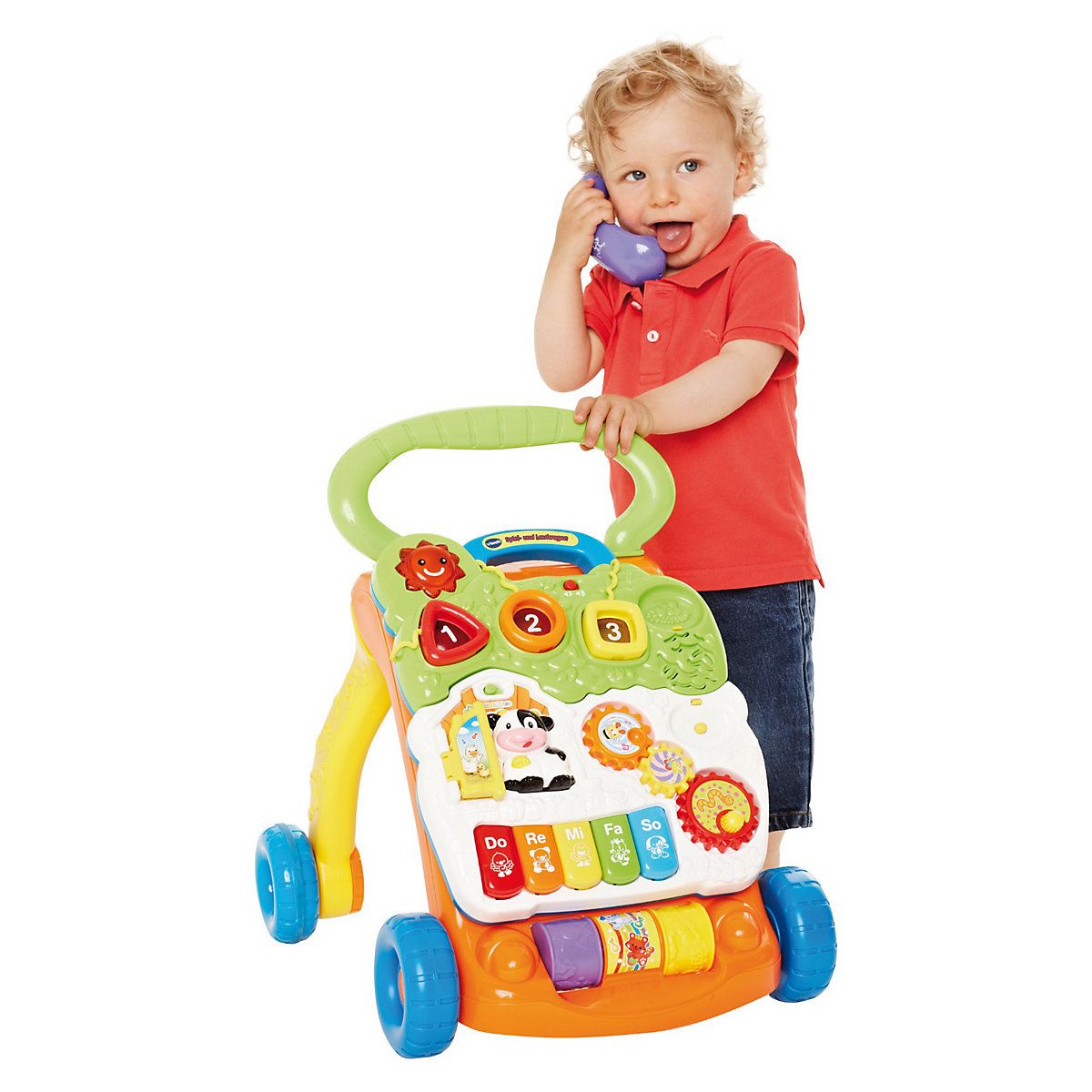
Title: Choosing a walker that suits your child's needs: features worth paying attention to
Choosing the right walker for your baby is critical to providing optimal support, mobility and safety. With the variety of options available on the market, it is important to consider your child's unique needs and preferences when choosing a walker. In this guide, we'll look at the key features to look for when choosing a walker for your baby, helping you make an informed decision that suits their specific needs.
-
Adjustable height:
- Choose a walker with adjustable height to suit your child's height and ensure proper posture and comfort.
- Adjustable height settings allow you to customize the walker to suit your child's specific height, providing optimal support and stability.
-
Rugged construction:
- Choose a walker with a durable design that can withstand daily use and provide reliable support for your child.
- Choose walkers made from high-quality materials, such as aluminum or steel, that provide strength and durability without being too heavy or bulky.
-
Seat belt or seat support:
- Consider whether your child would benefit from a walker with support harnesses or a seat for added comfort and safety.
- Walkers with built-in seats or harnesses provide additional support and stability, especially for children with limited strength or balance.
-
Foldable and portable design:
- Choose a walker with a foldable and portable design for easy storage and transport when not in use.
- Folding walkers are convenient for traveling and walking, making them easy to transport in the car or store in a closet or trunk.
-
Non-slip elements:
- Look for walkers with non-slip features, such as rubberized handles and feet, to provide traction and stability on a variety of surfaces.
- Non-slip features help prevent the walker from slipping, reducing the risk of falls and injuries while promoting safe mobility.
-
Brake lock:
- Consider walkers that have locking brakes for added safety and stability, especially when standing still or on slopes.
- Latching brakes help keep the walker in place, preventing it from unintentionally rolling or moving, giving your child added confidence and peace of mind.
-
Easy maneuverability:
- Choose walkers with smooth running wheels and swivel front wheels for easy maneuvering and navigation.
- Walkers with swivel wheels provide greater flexibility and maneuverability, allowing your child to turn and change direction with minimal effort and strain.
-
Customizable accessories:
- Look for walkers that offer customizable accessories and add-ons, such as trays, baskets, and cup holders, to enhance functionality and convenience.
- Customizable accessories allow you to tailor the walker to your child's specific needs and preferences, making it more versatile and easy to use.
-
Recommendations from a pediatrician or therapist:
- Consult with your child's pediatrician or physical therapist for recommendations on the most appropriate walker for your child's needs.
- Health care providers can provide valuable information and recommendations based on your child's medical history, mobility issues, and developmental goals.
By considering these key features and consulting with your healthcare professionals, you can choose the appropriate walker that will provide optimal support, mobility and safety for your child's unique needs. The right walker will help your child navigate their environment with confidence and independence, enhancing their overall quality of life and well-being.






